Nissan is launching a feature-packed range of compact, low emission engine lift trucks designed for the multi-purp...
Nissan is launching a feature-packed range of compact, low emission engine lift trucks designed for the multi-purpose role of inside working in restricted areas and outside yard operations. At less than a metre wide and able to turn in a radius as low as 1735 mm, they are ideal for maximising warehouse space and for block stacking operations.
The new LX Series - available in 10 lifting capacities from 1.5 to 3.6 tonnes - is the first to feature Nissan’s latest Tri-Cat Ultra technology, reducing potentially harmful exhaust emissions by up to 99 per cent.
The unique system will be rolled out as standard across all of Nissan’s LP gas trucks - a range from one to seven tonne capacity - by the end of 2007.
Safety and productivity continue to be Nissan’s priorities with the new compact LX Series. The Tri-Cat Ultra system provides the lowest emissions in the marketplace and is the only system fitted to a lift truck by a manufacturer as standard to address all three toxic substances produced when LP gas is burned - carbon monoxide, hydrocarbons and oxides of nitrogen, so protecting both the operator and surrounding workforce.
FUEL INJECTION
Nissan is also bringing another “first” to the lift truck market, with the introduction of high performance, fuel injected engines designed and produced by the company especially for its forklift ranges.
Combined with the Tri-Cat Ultra three-way catalytic converter, they provide an engine management system that offers up to 26 per cent greater fuel economy than with conventional fuel delivery.
Nissan has applied its Risk Reduction System to the new series, a concept incorporated individually within every new Nissan model which combines design elements for increased visibility and manoeuvrability with a range of physical features to maximise stability, control and handling.
In the case of a compact lift truck required to work in areas where space is restricted, good visibility is essential. Here, an extremely low profile counterweight has been incorporated for good rear visibility and maximum manoeuvrability, while Nissan’s exclusive Optiview mast can increase forward visibility by more than 50 per cent.
In operation, Nissan’s Auto Tilt Levelling system brings increased accuracy and productivity to materials handling. The truck’s forks are tilted to horizontal at the touch of a button, allowing the load to be positioned with greater speed, accuracy and safety.
There is further protection through a mast lock system that automatically prevents the forks from being lowered and the mast from being tilted when the operator has left the seat. The vehicle’s control system also acts automatically to restrict travel speeds and acceleration when the truck is turning, and to reduce lift speeds when travelling.
If the operator leaves the seat while the truck is still in gear, the vehicle will automatically return itself to neutral within three seconds.
At speed, both the operator and load are protected through Nissan’s Cushioned Stability Control system. Here, a flexible damping system installed between the vehicle’s rear axle and frame provides exceptional lateral stability allowing safer cornering at higher speeds and reducing the possibility of the forklift overturning.
Unlike other stability systems, which can be turned off by the operator, so leaving the forklift vulnerable, Nissan Cushioned Stability Control is permanently engaged. It has the further advantage of shock absorption for a smoother ride and is also completely maintenance free.
With Nissan’s Tri-Cat Ultra low emission technology, the compact LX can be available to work for 24 hours a day and can therefore be available to a wide range of operators.
The truck’s interactive display can be set to monitor those operators by governing access and performance parameters according to load type or experience.
The display, which also features self diagnostics for maximum uptime, is incorporated into Nissan’s easy-to-read operator dashboard, while fingertip controls or hydraulic levers are located close to the operator’s seat. The pedal lay-out is of a familiar automotive type to avoid confusion, while lift and tilt functions are performed simultaneously through the Nissan single lever control for additional productivity and lower operator fatigue.



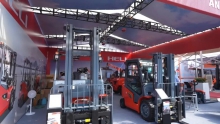
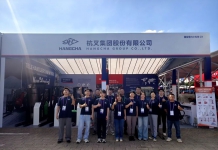


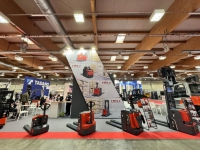
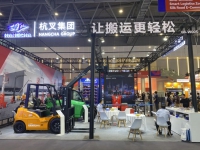
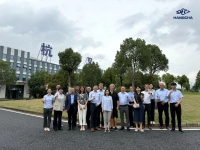
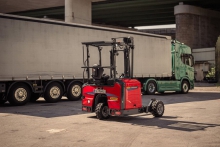

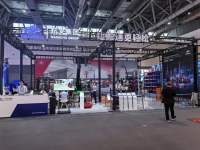


 粤公网安备 44010602003952号
粤公网安备 44010602003952号